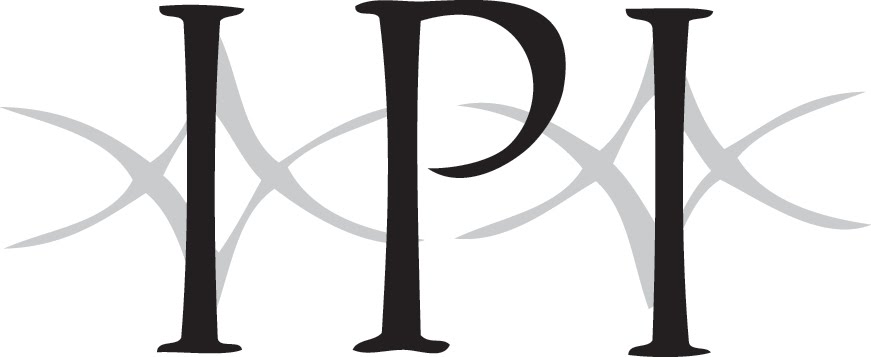The Native Greenlander
Illustrated by Aron of Kangeq
Translated from Danish by Susan Stanley
192 pages
11 illustrations and 2 maps
5 1/2 x 6 7/8"
December 2019
ISBN 9780996748087
$20, paperback
This volume of tales, collected from native Greenlanders by Heinrich Rink, is the translation of the first book printed in Greenland. Over a five year span, Rink collected these tales from throughout Greenland, although mainly in the southern area.
The remarkable oral tradition of the Inuit, affected by few outside influences, is traced through their history on the land. Many of the stories describe the clashes between the Norse and the Inuit. Rink recognized that some of the tales existed in the realm of pure myth, but that others represented recollections, passed from one generation to the next, of events many centuries earlier.
Translated from Danish, this is the first English translation of these stories. Illustrations are by Aron of Kangeq, a sealer and walrus hunter who lived at the Moravian mission at the small trading station of Kangeq. His illustrations of the oral storytelling tradition have gained status as a symbol of the new artistic tradition developed in Greenland in the mid-19th century.



